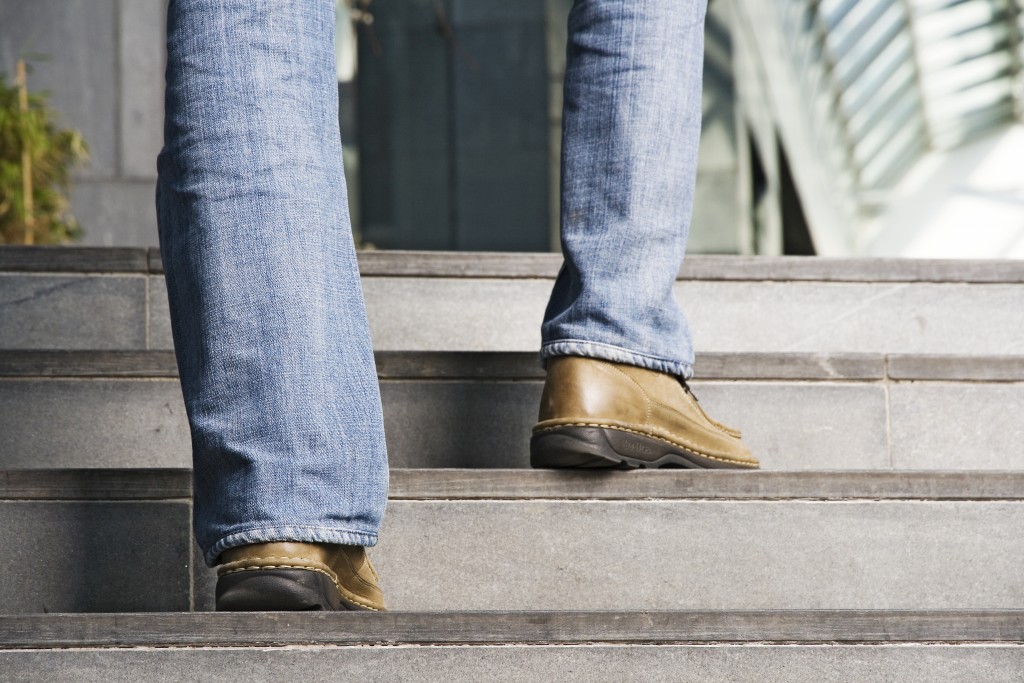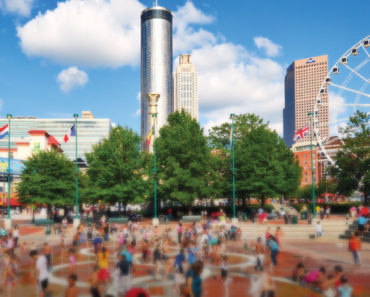THE HAWAIIAN ARCHIPELAGO, made up of eight main islands, has around 30,000 acres of state parks on five islands. The Hawaii State Park System includes, hikes, beaches, canyons, viewpoints and many cultural heritage sites showcasing local history and folklore.
1. Nā Pali Coast State Wilderness Park, Kauaʻi
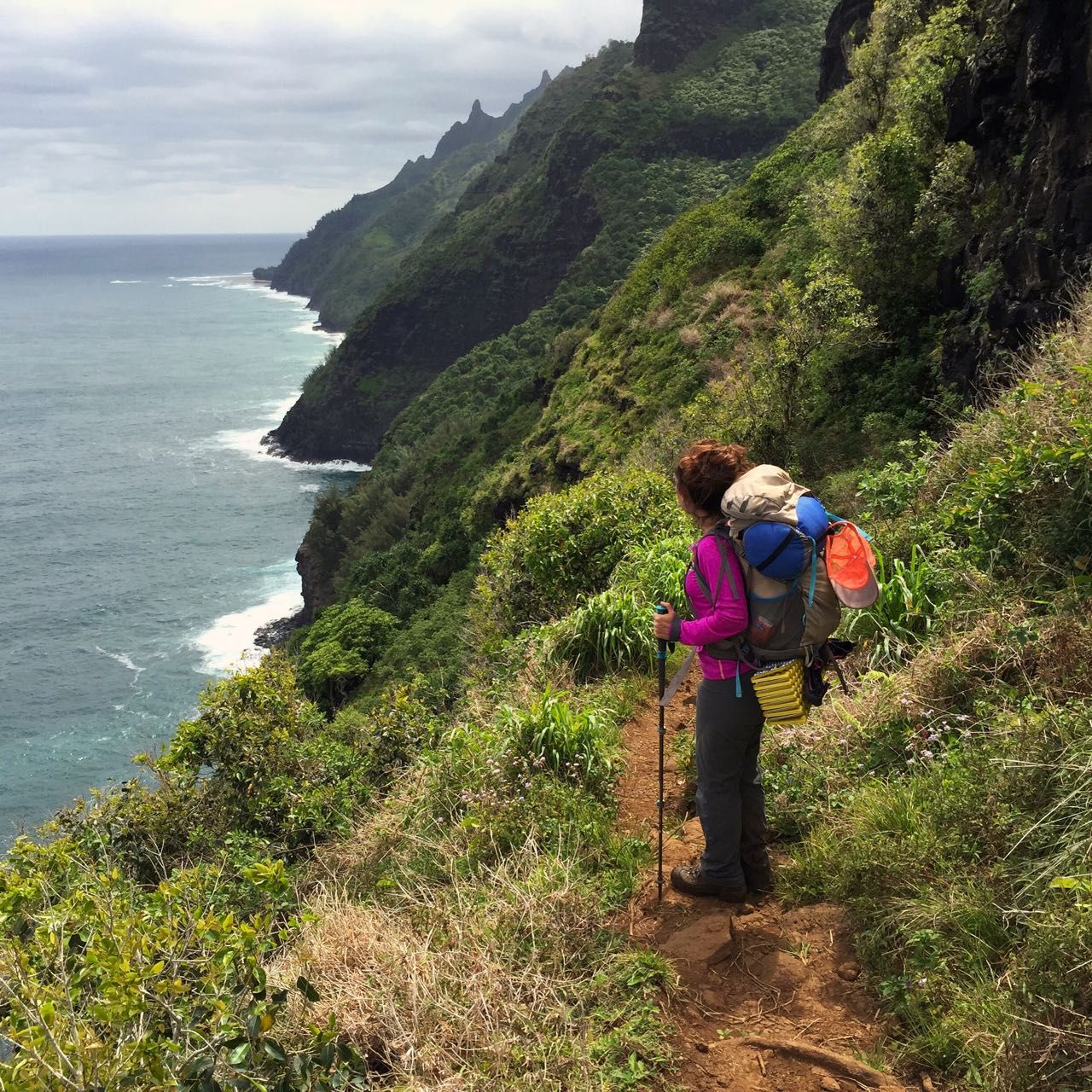
All photos by author
You may recognize the scenery from Jurassic Park, Lost, King Kong or Indiana Jones. This park is home to native plants and animals, waterfalls, beaches, and even ancient Hawaiian agricultural terraces. Hiking the Kalalau Trail is the only way to access the coastline by land because of the sheer cliffs and rugged landscape. The two-mile day hike to Hanakapiʻai Valley is popular, since anyone hiking further must get an overnight camping permit to stay at the campsites along the 11-mile trail.
2. Waimea Canyon State Park, Kauaʻi

Known as the Grand Canyon of the Pacific, the area can be seen from the panoramic viewpoint or to get a closer look, take the strenuous Kukui Trail down to the canyon floor. Walk along the river, cool off in the rock pools or spend the night at one of the campsites before making the steep trek back to the canyon rim.
3. Kaiwi State Scenic Shoreline, Oʻahu

The Makapuʻu Point Lighthouse Trail is known as one of the best places to see humpback whales during their annual migration from Alaska because of the panoramic view. Remember to bring binoculars from January through March, when you’ll have the best chance of getting a good look at the humpbacks. The paved walking trail, lookout and nearby beaches are popular year-round and have some of the best views of Manana, Kaohikaipu, and on a clear day, even Molokaʻi.
4. Wailuku River State Park, Hawaiʻi
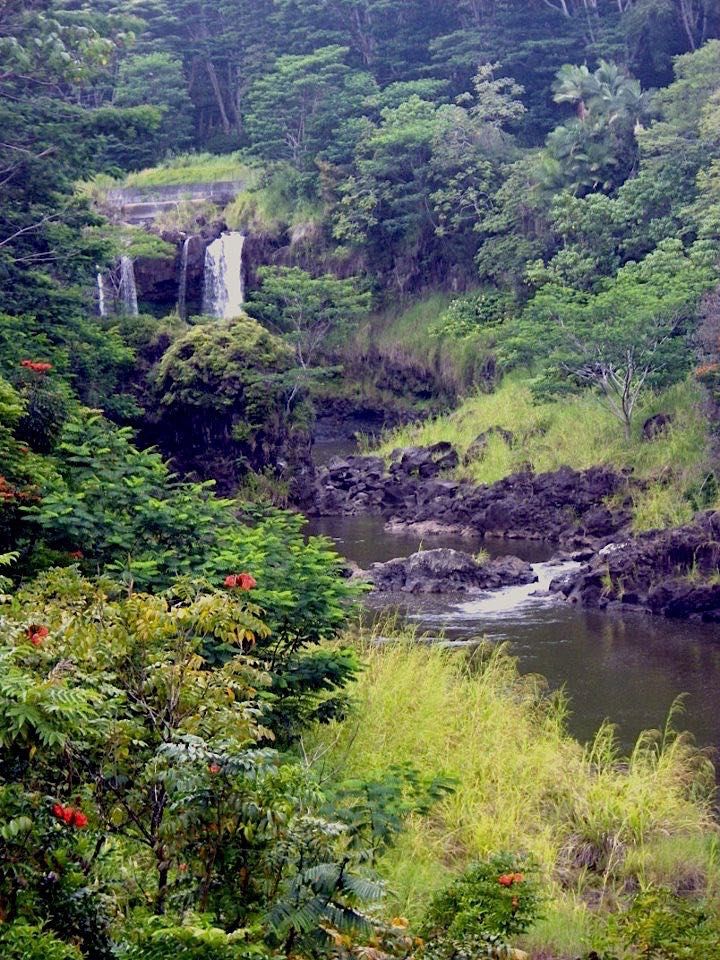
Located in Hilo and recognized as a place of significance in local legends, visitors come to the park to see Rainbow Falls, named for the colorful mist created in the morning. Take the time to also visit the viewpoint at Boiling Pots, a turbulent section of the river with terraces of circular pools, bubbling as if the water is boiling (do not swim in the Boiling Pots).
5. ʻĪao Valley State Monument, Maui
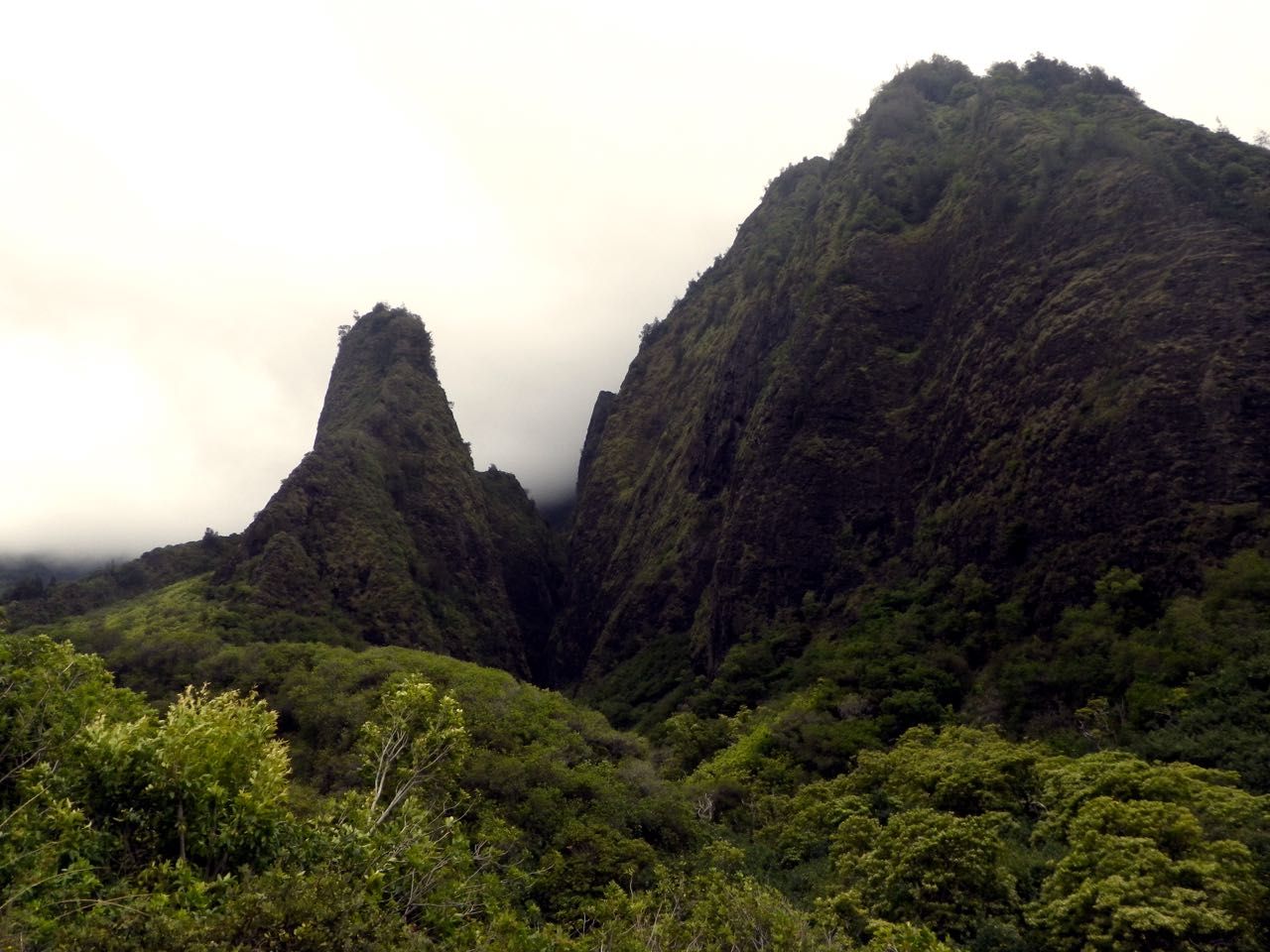
The valley is expected to reopen this July after undergoing damage from flooding and erosion in 2016. ʻĪao Valley is famous for being the site of one of King Kamehameha I’s bloody battles to unify the Hawaiian Islands. The paved 6-mile trail takes you past the main volcanic feature, ʻĪao Needle, through a botanical garden and along the river. It is one of the few state parks that charge an entrance fee for those who are not residents of Hawaii.
6. Kaʻena Point State Park, Oʻahu

Ancient Hawaiian mythology refers to Kaʻena Point as the “leaping place of souls.” Spirits of the deceased were thought to travel to this western-most point of the island where they would then jump into the ocean from a well-marked rock known as Leina ka ʻUhane. The park is host to native seabirds, Hawaiian monk seals, and green sea turtles, and is a nice place to picnic or go tide pooling.
7. Lava Tree State Monument, Hawaiʻi
A post shared by Maui Huliau Foundation (@mauihuliau) on Mar 14, 2016 at 10:33pm PDT
The active volcanoes on the island have been erupting for decades, creating and reshaping the landscape. You’ll see dramatic evidence of an eruption on the short Lava Trees Loop Trail. When a lava flow crept toward the ocean, it passed through a forest and left behind hollow molds of the tree trunks, which are still standing. ![]()
(via Matador Network)



